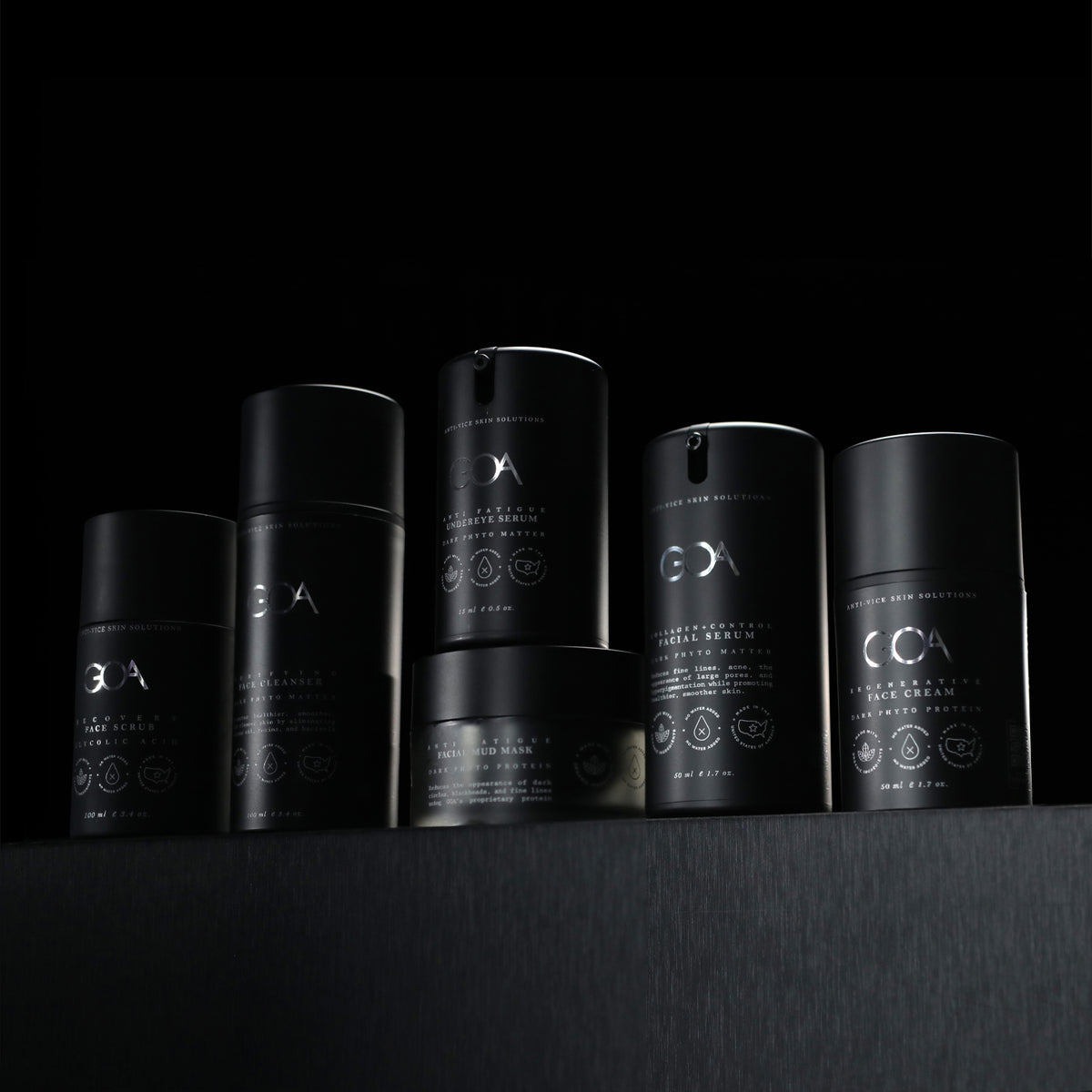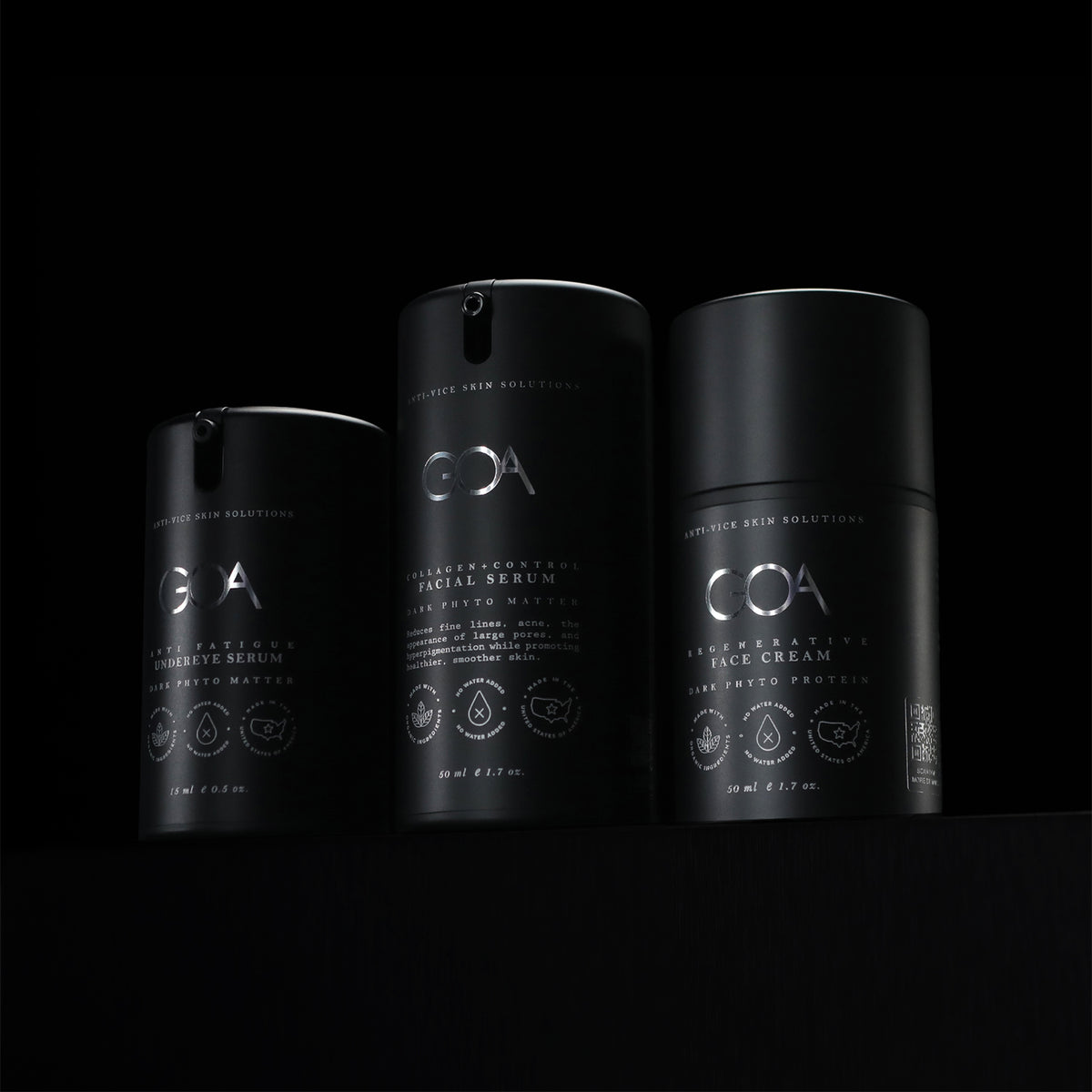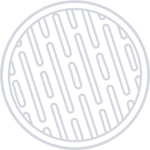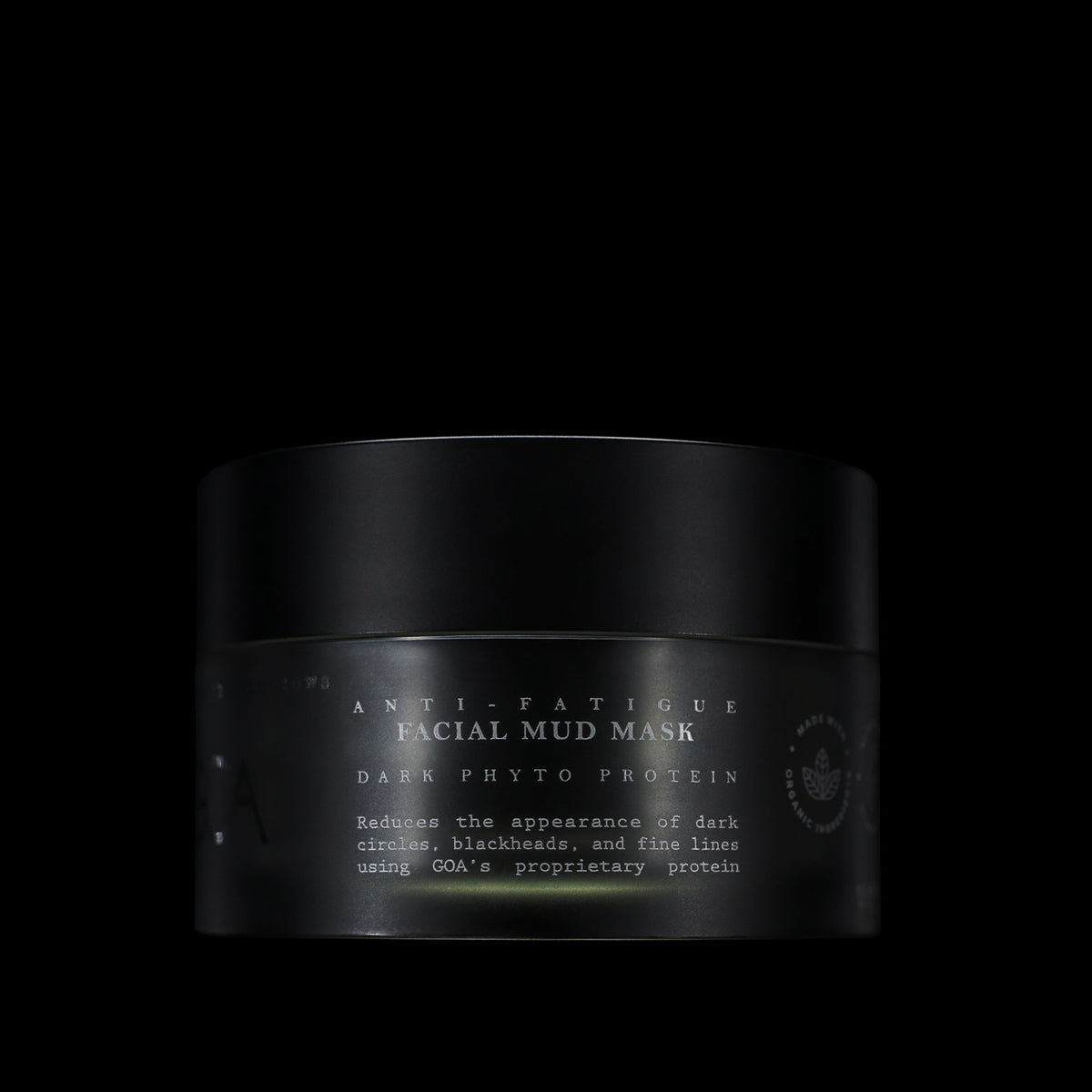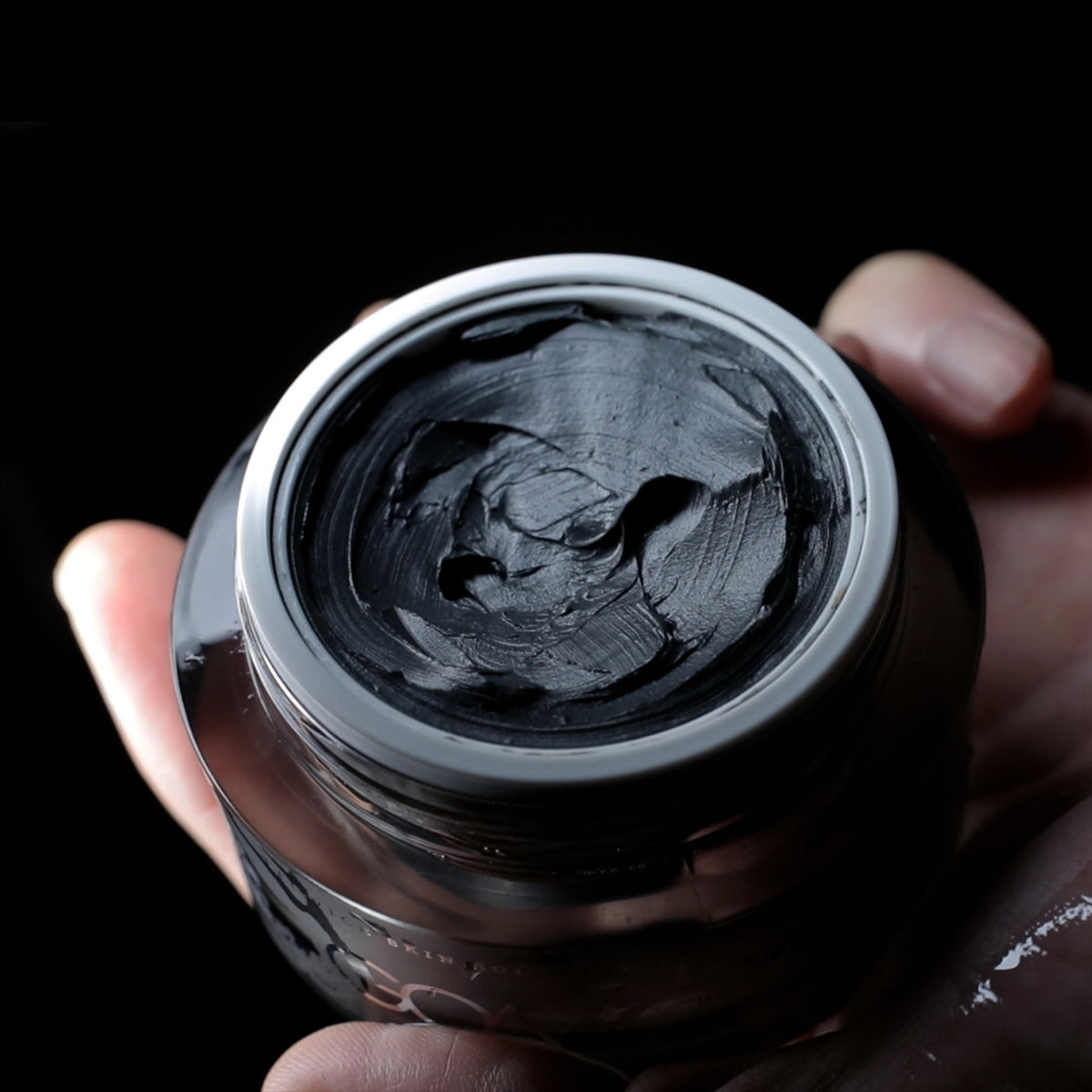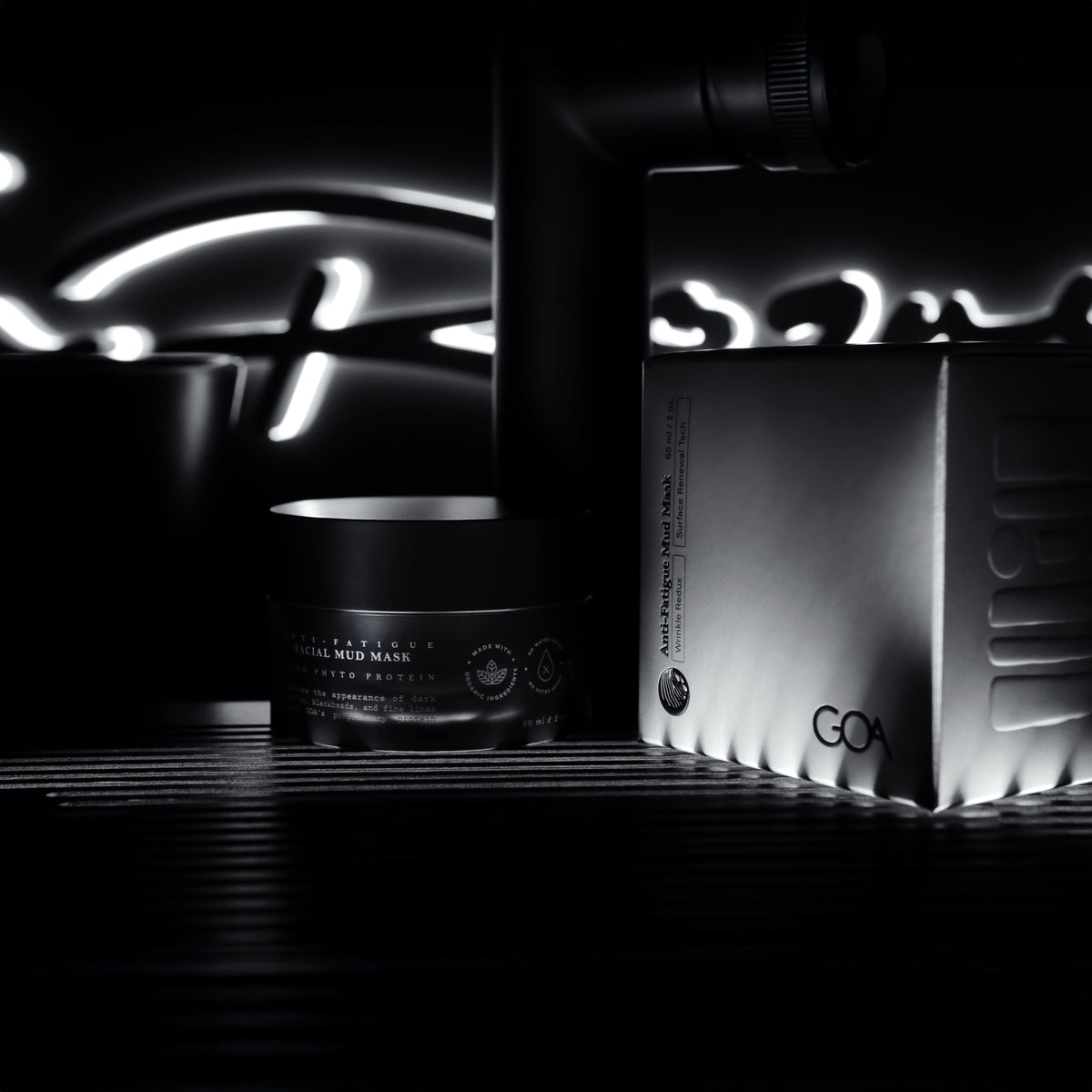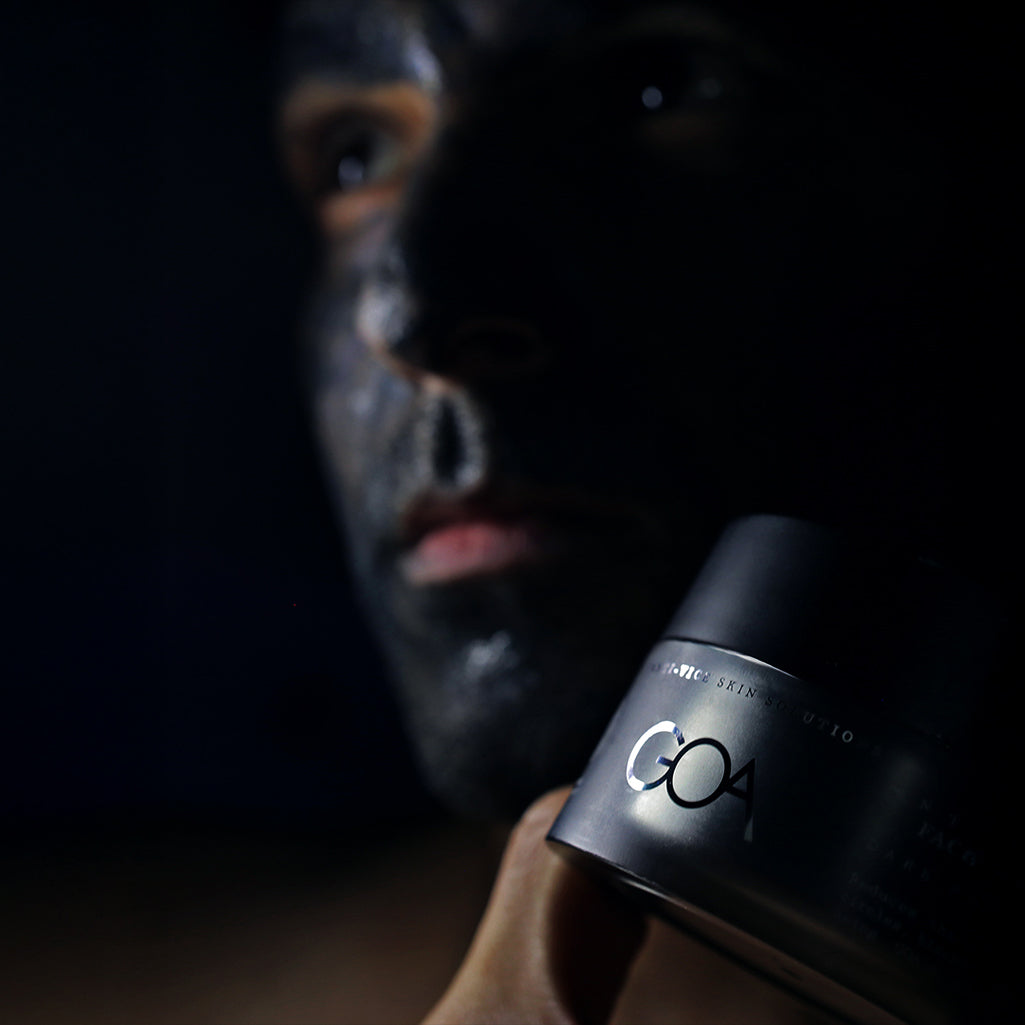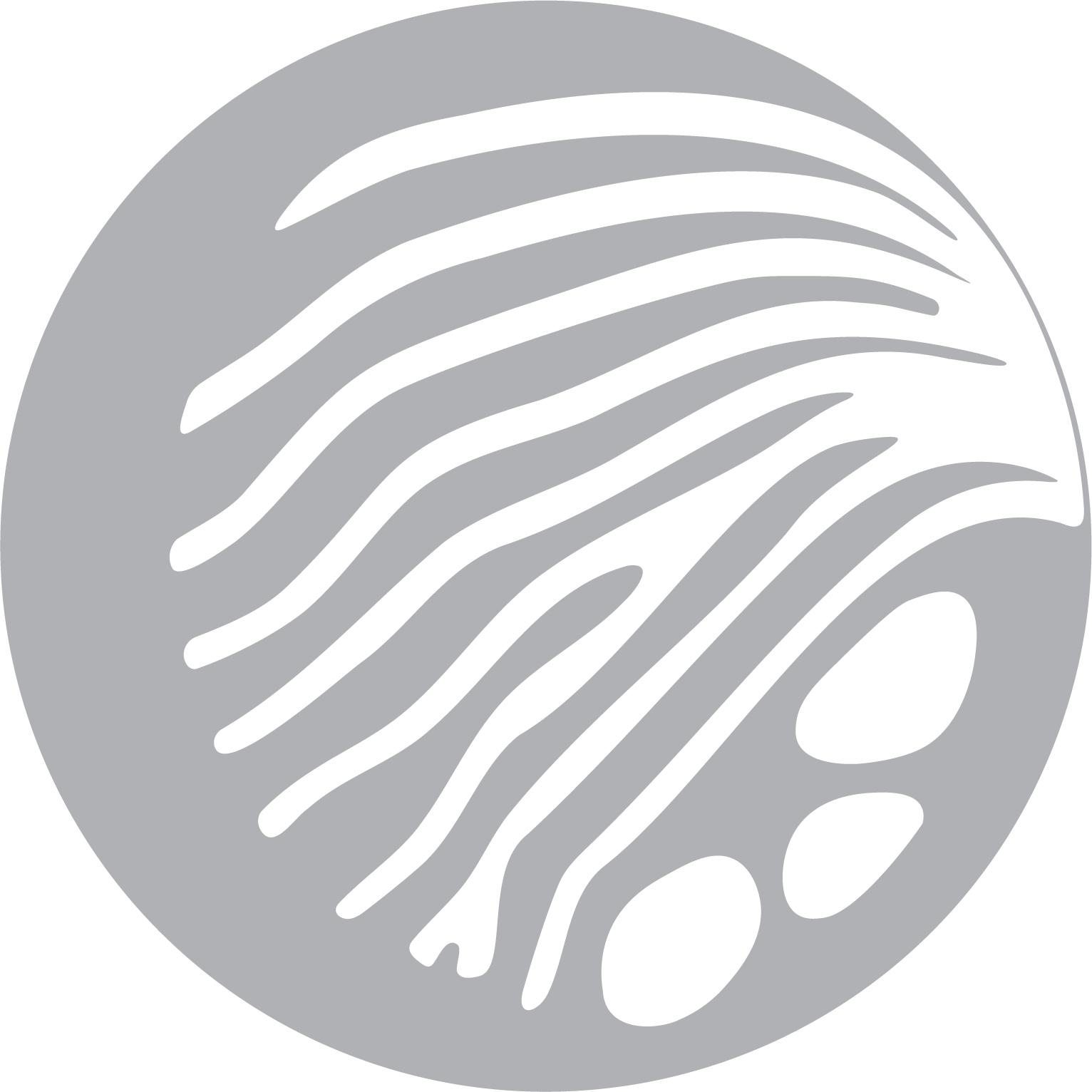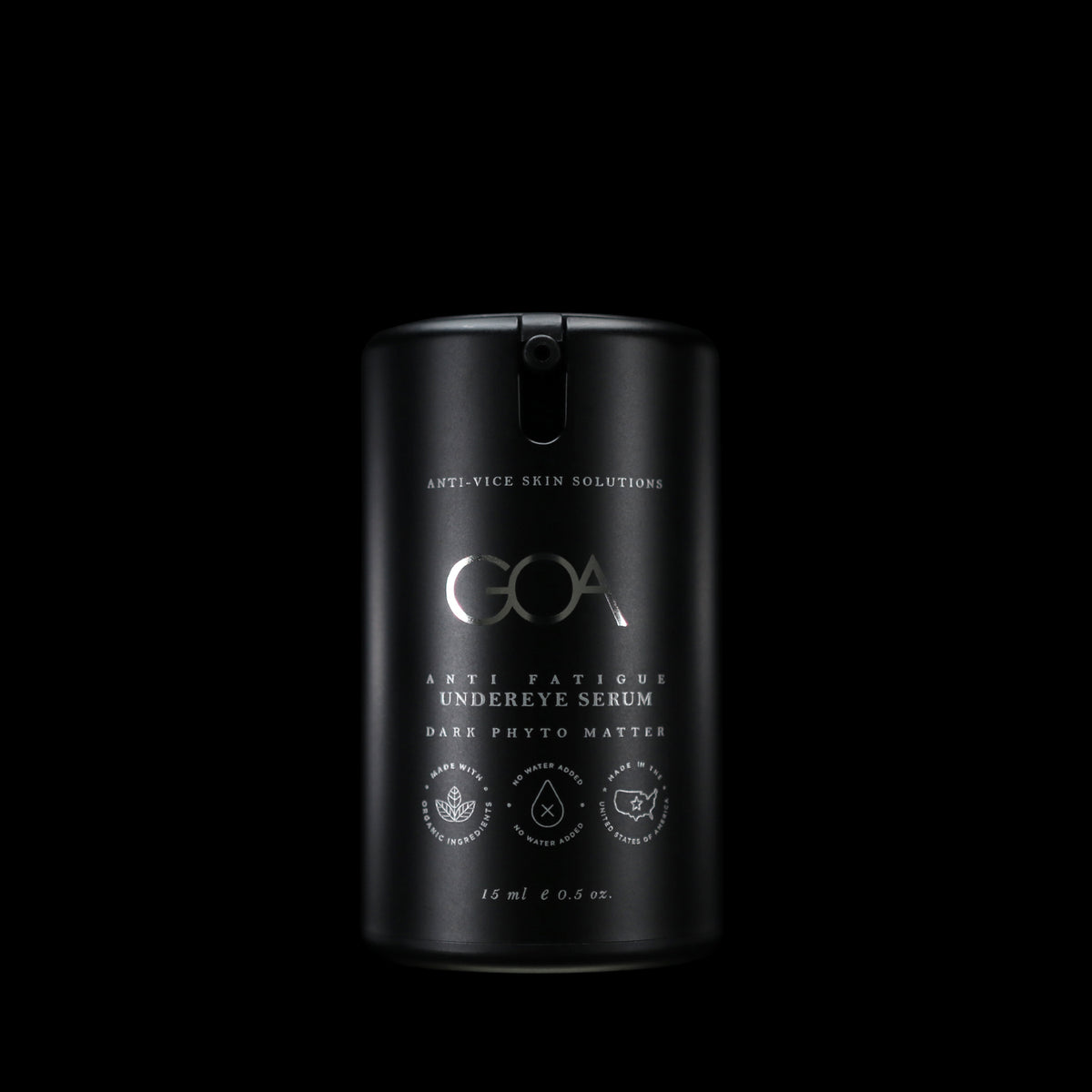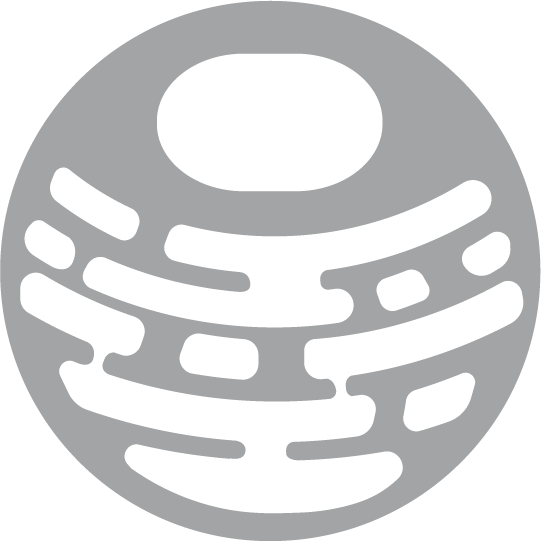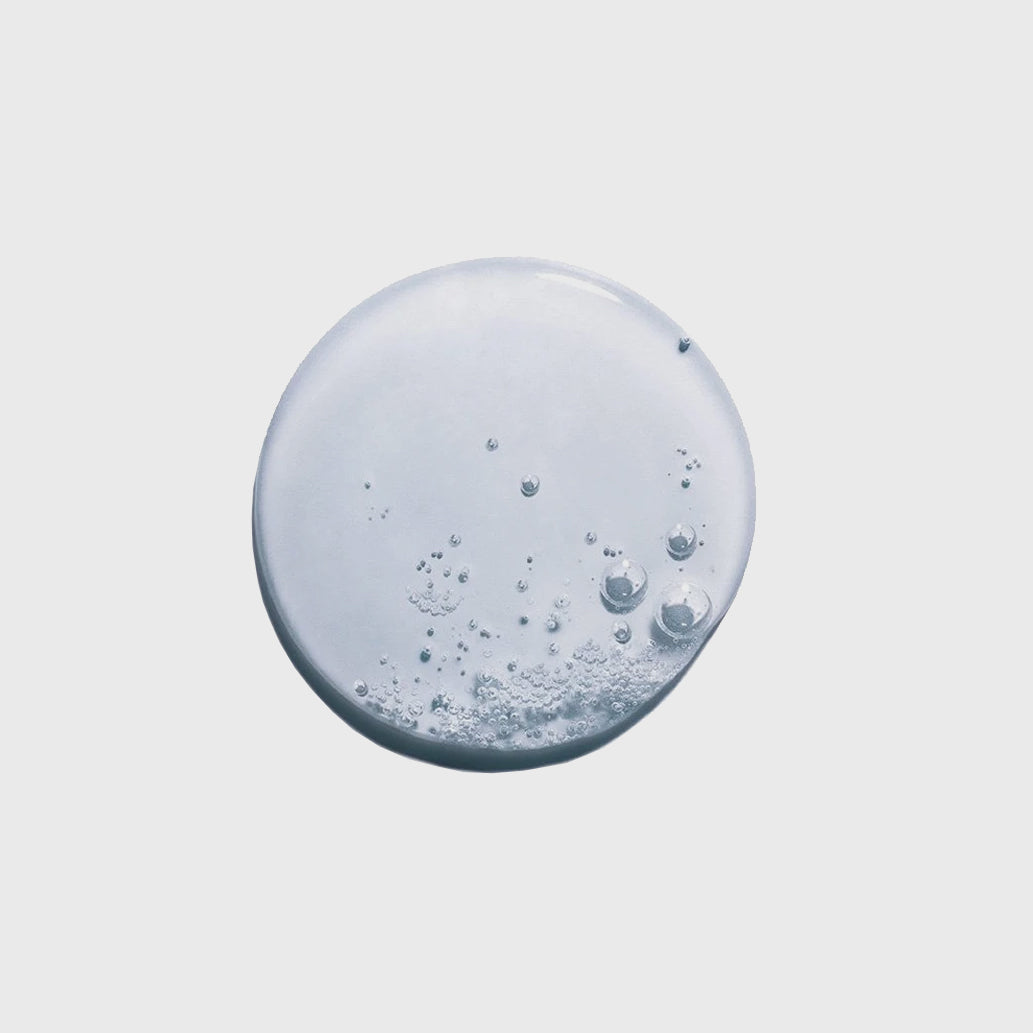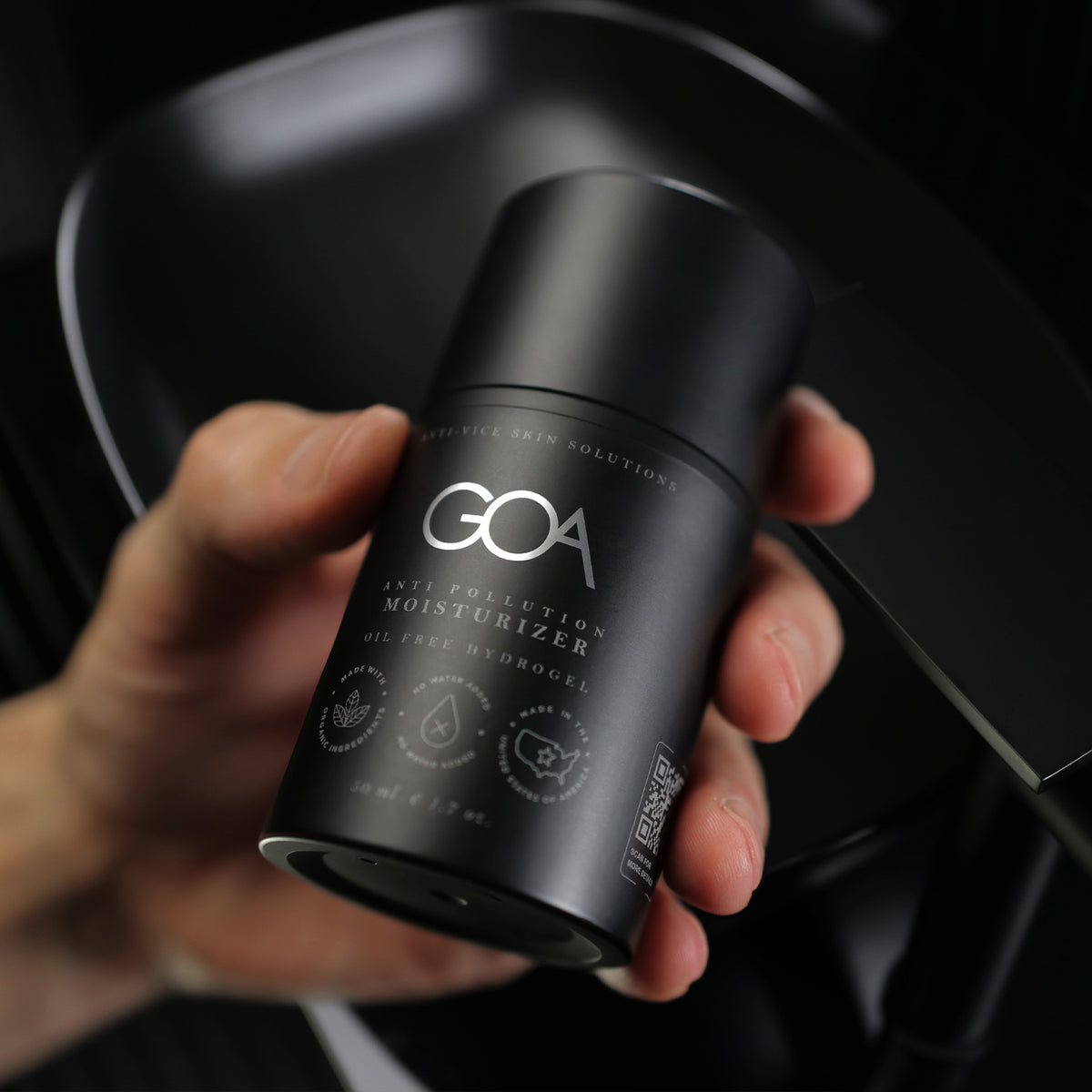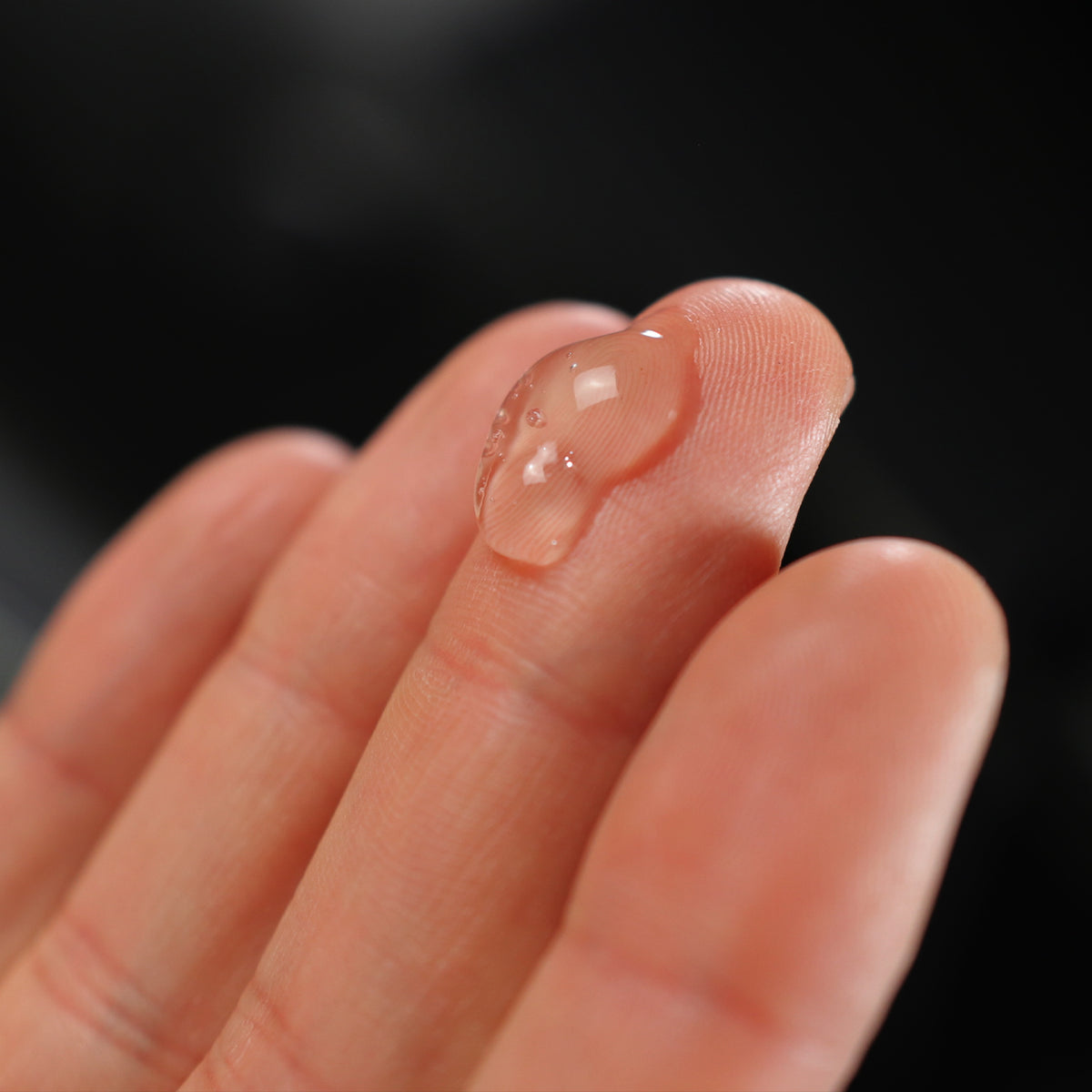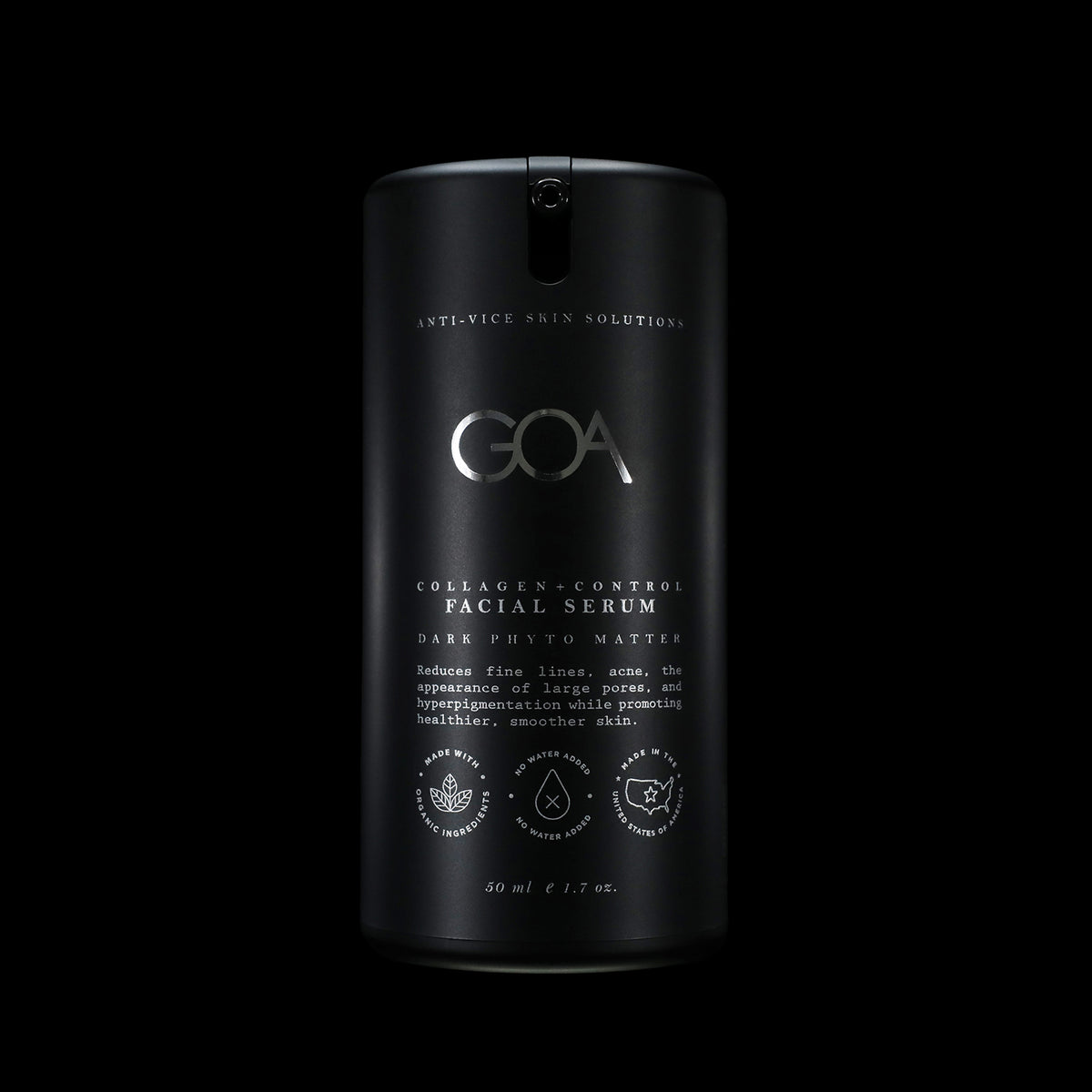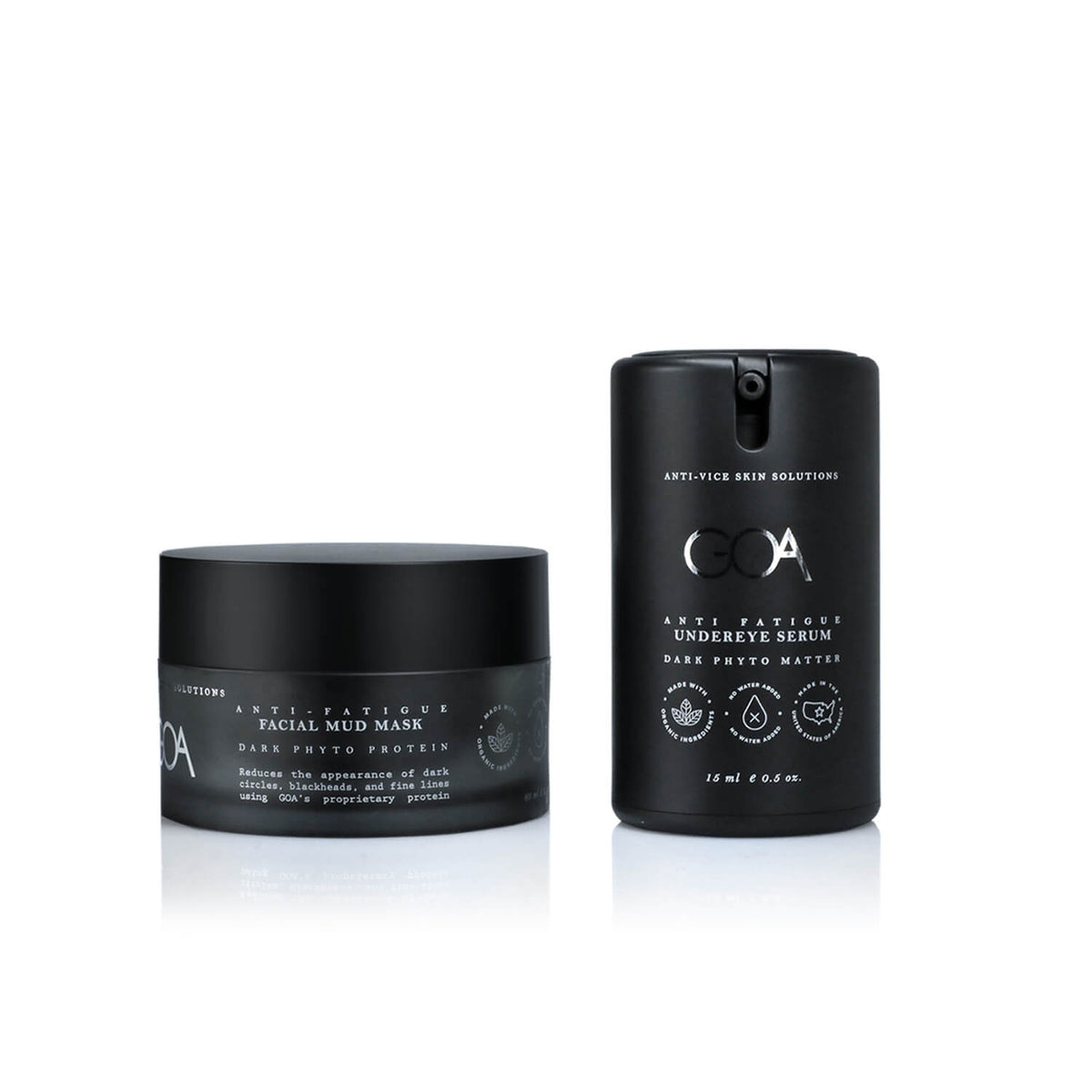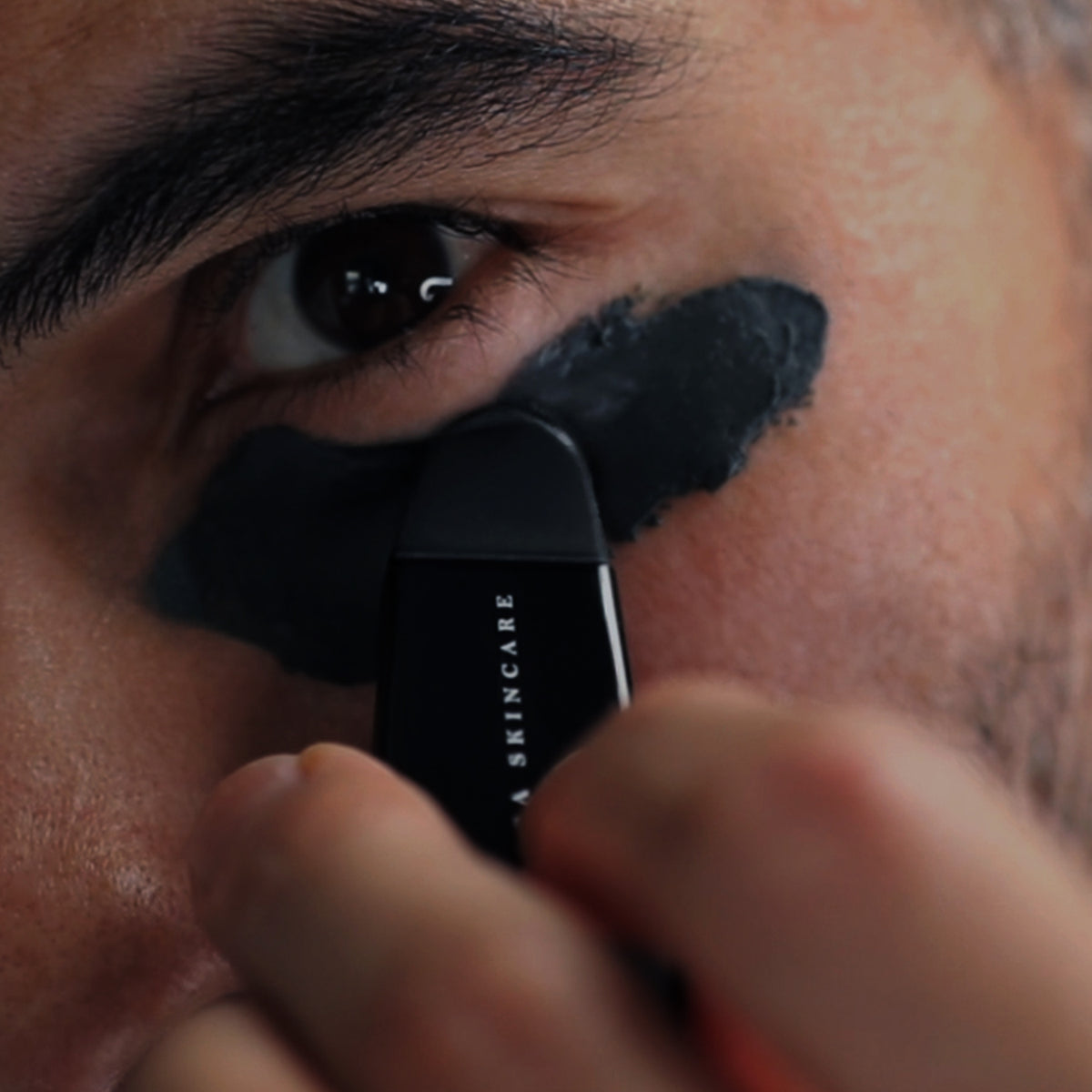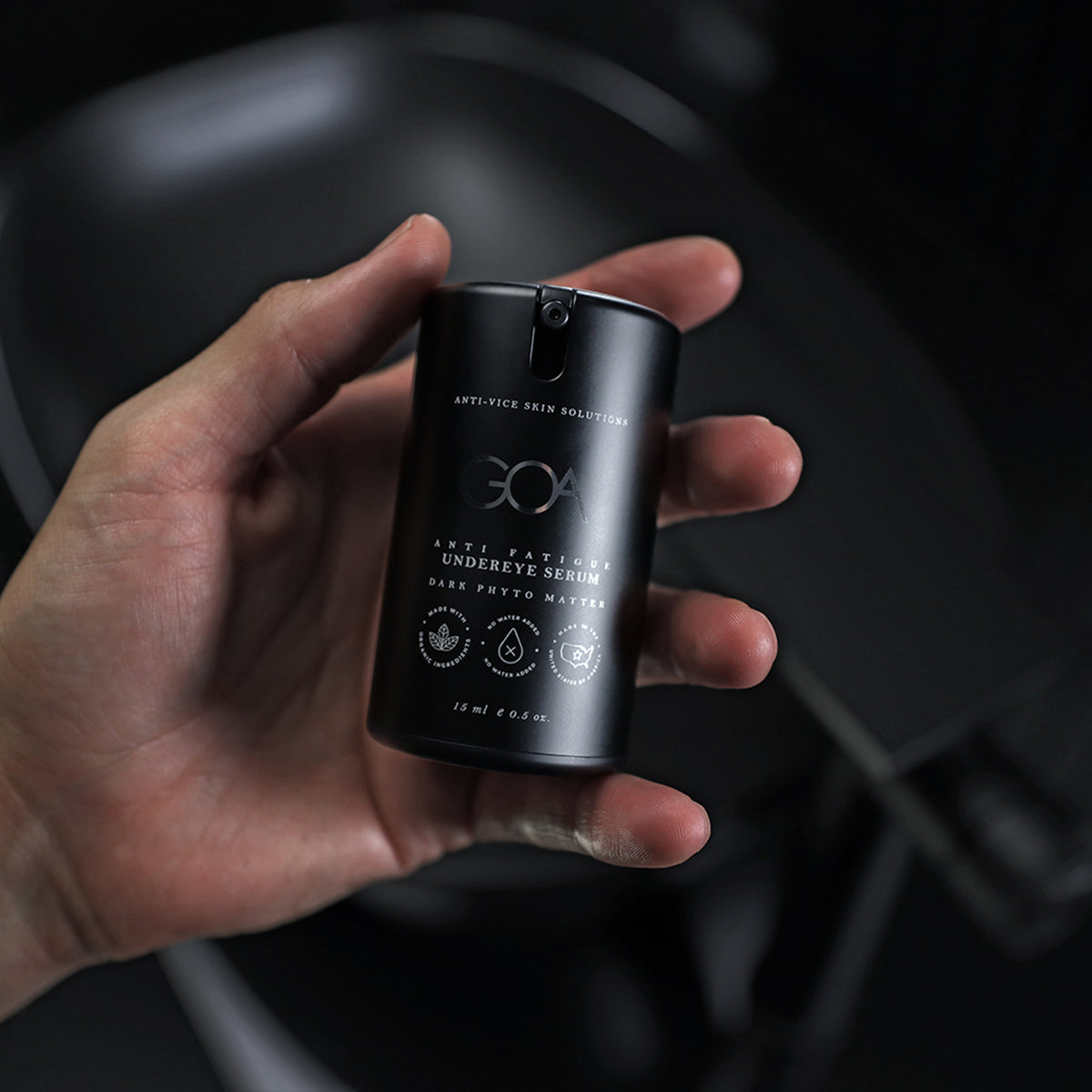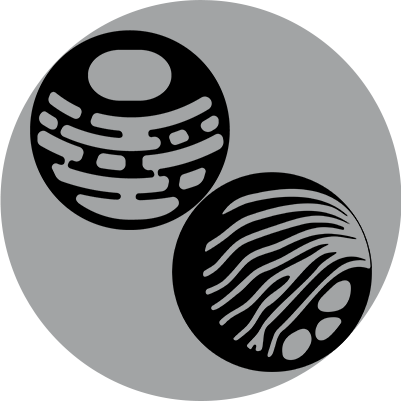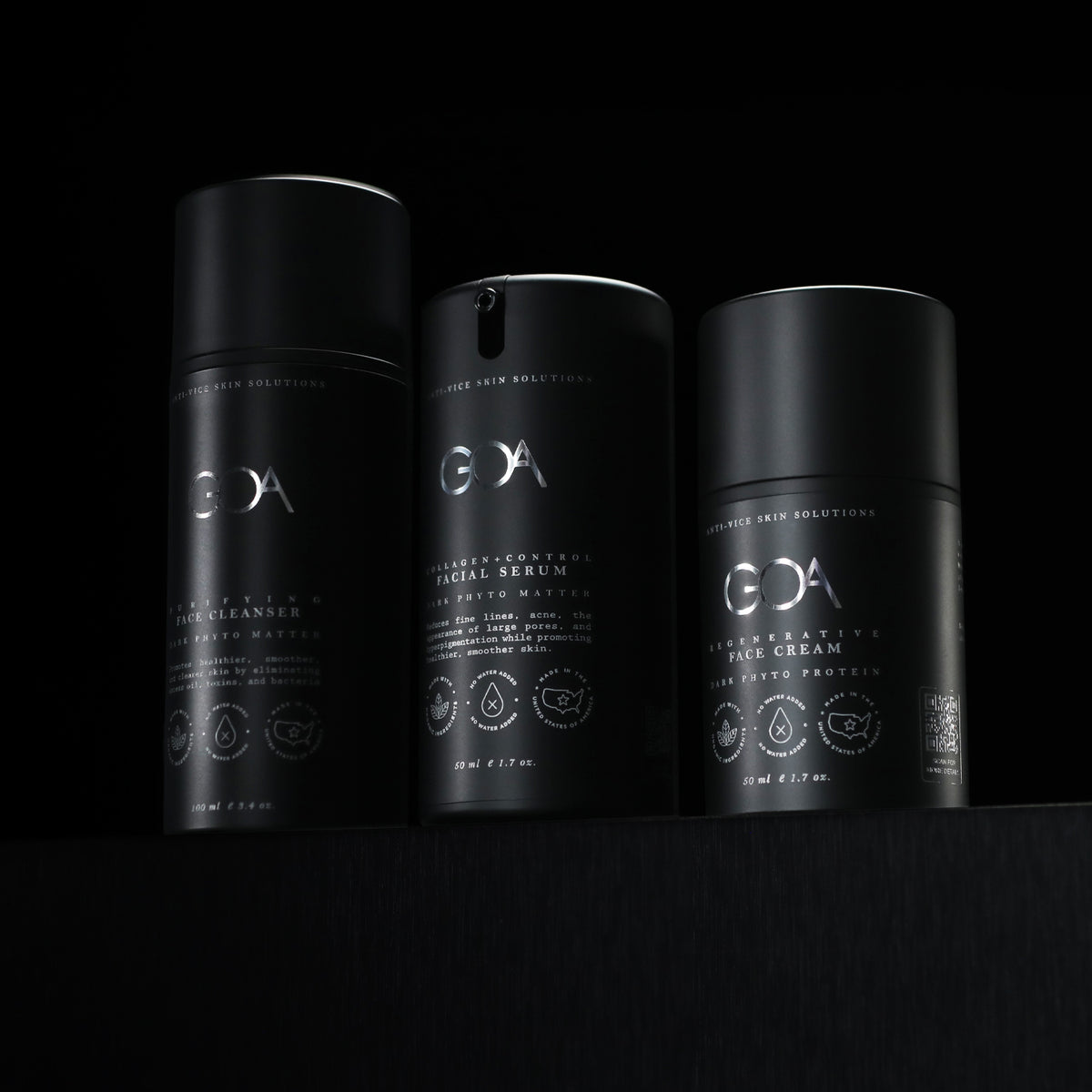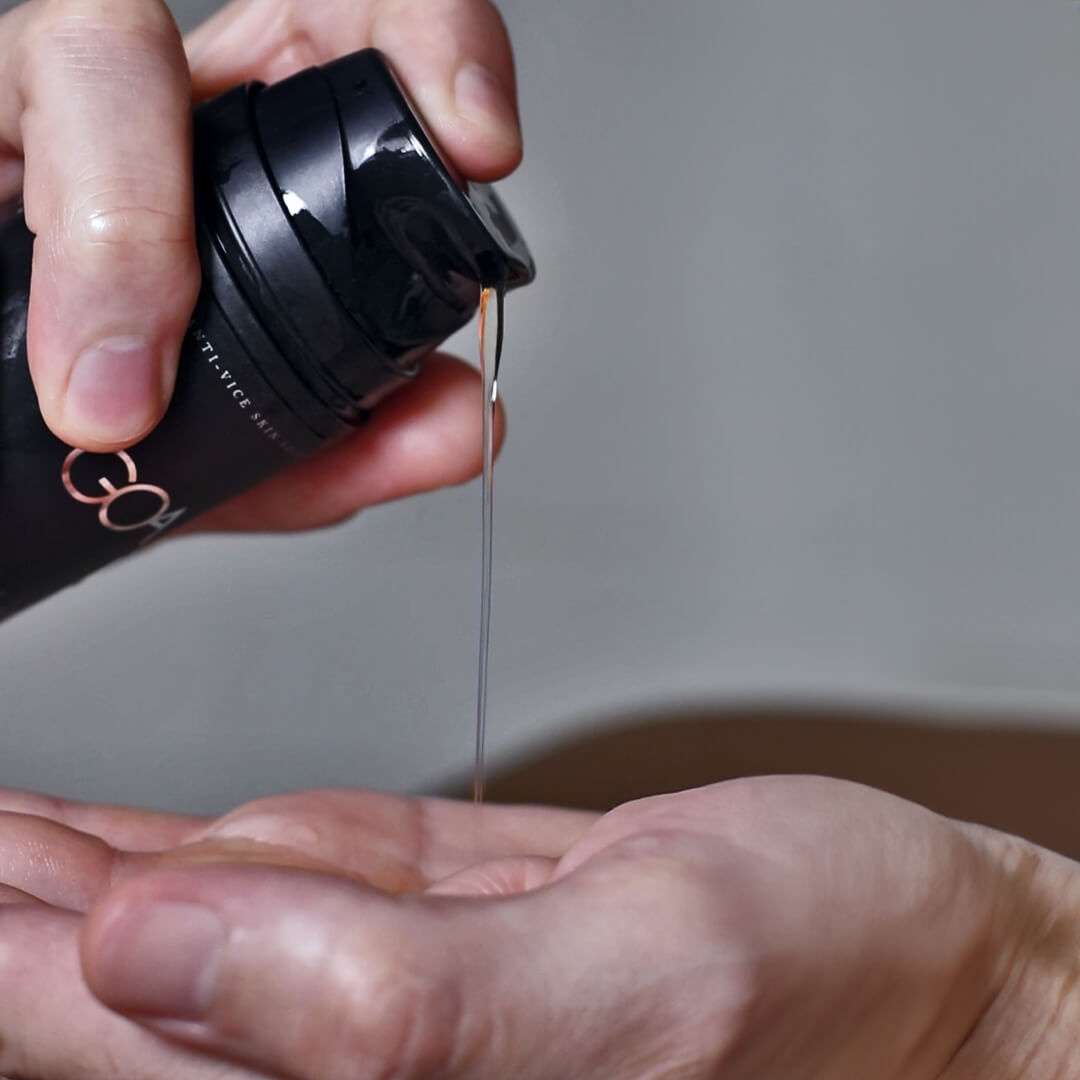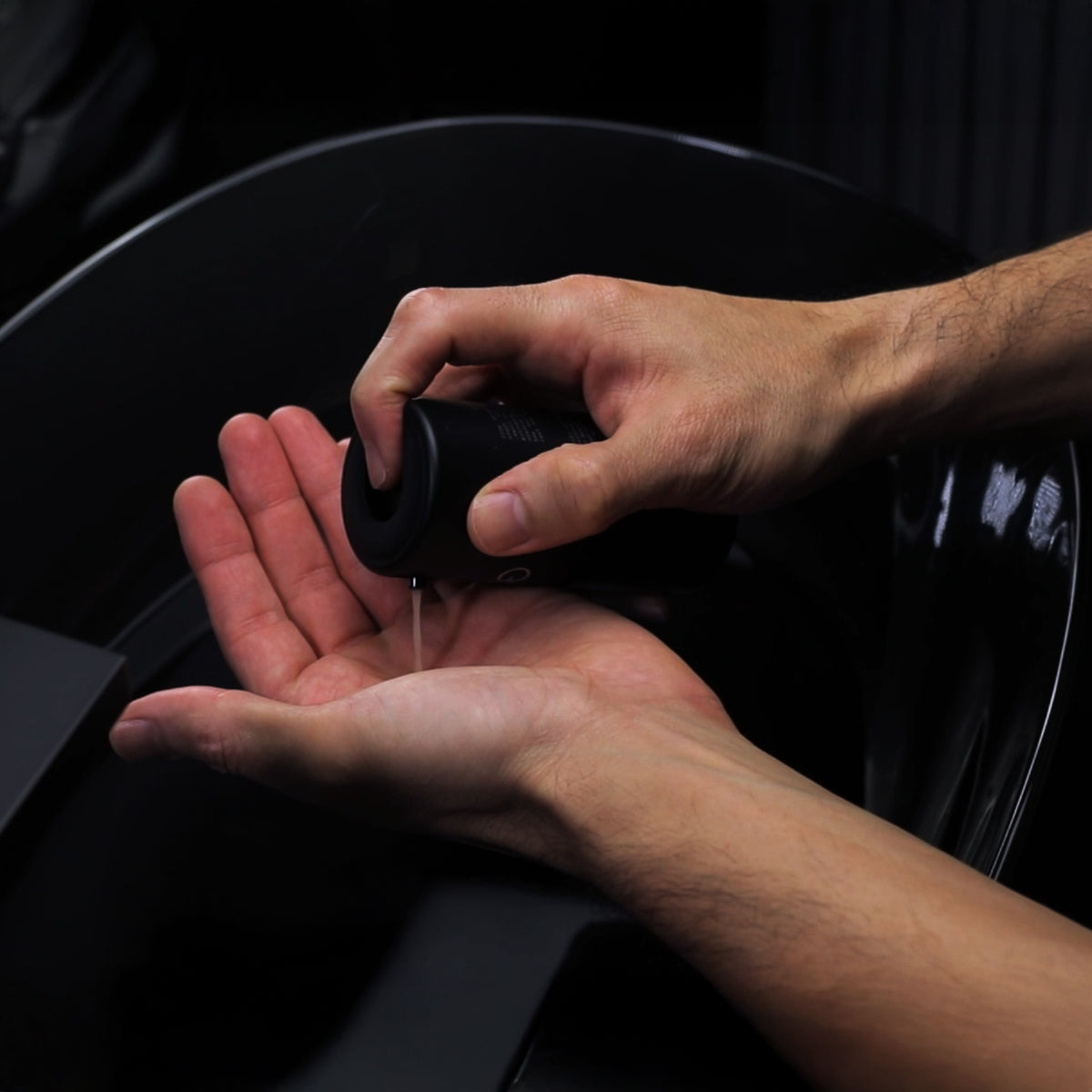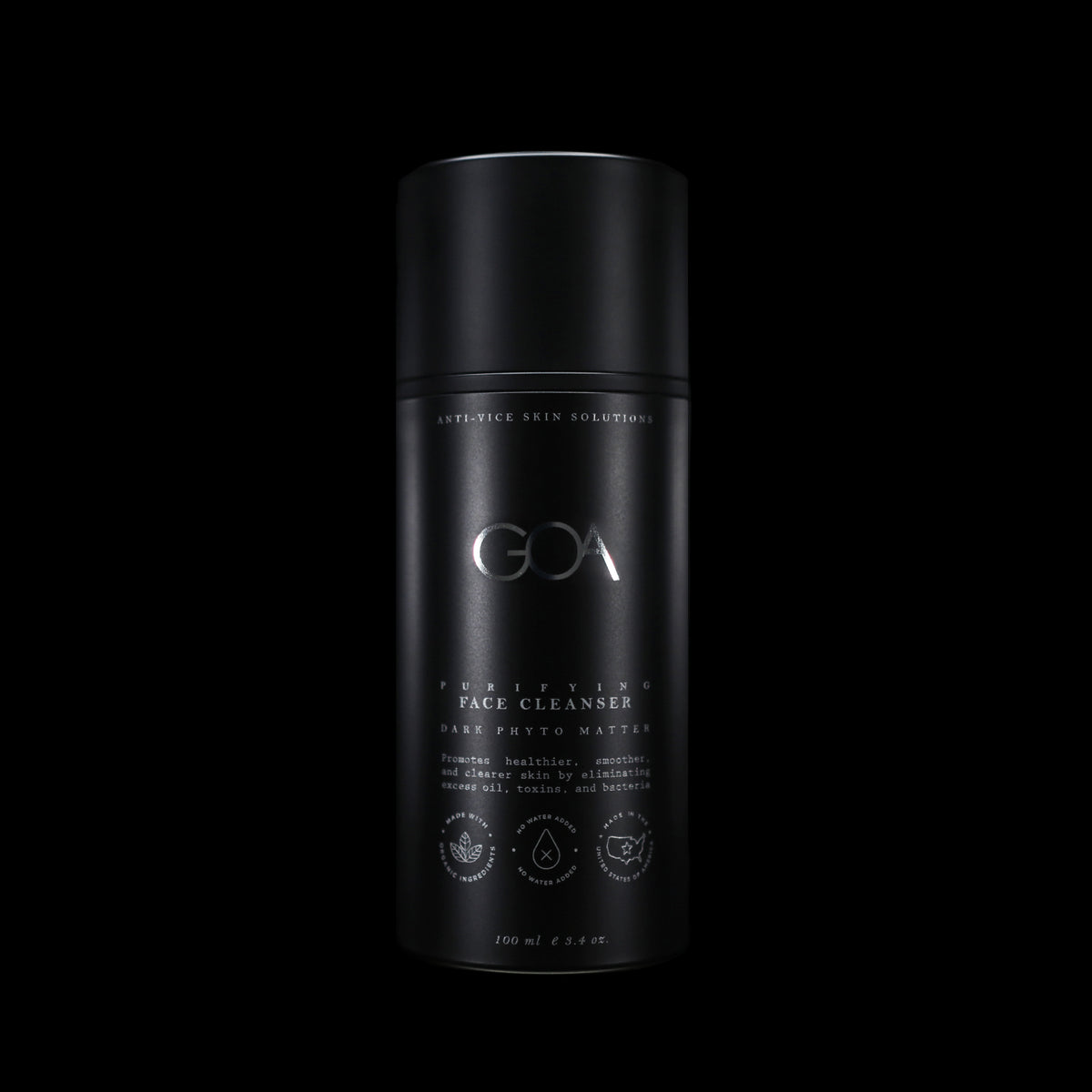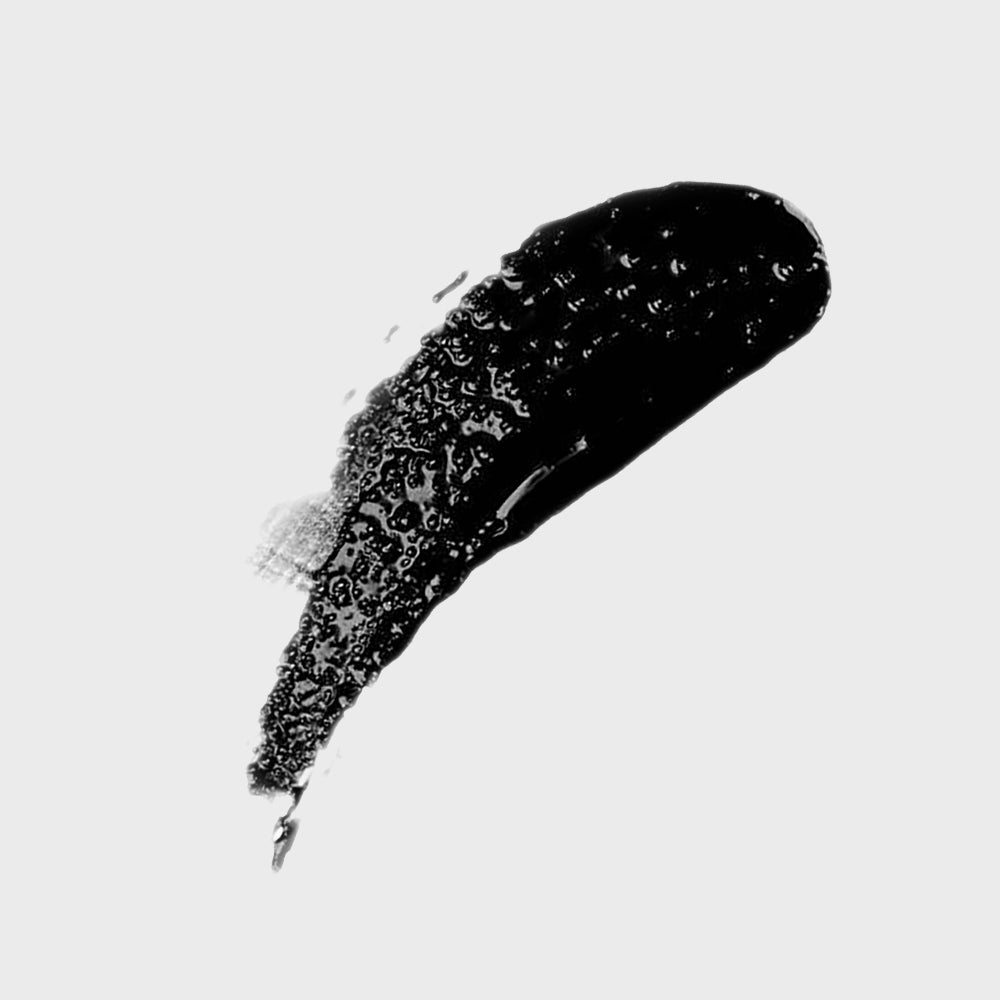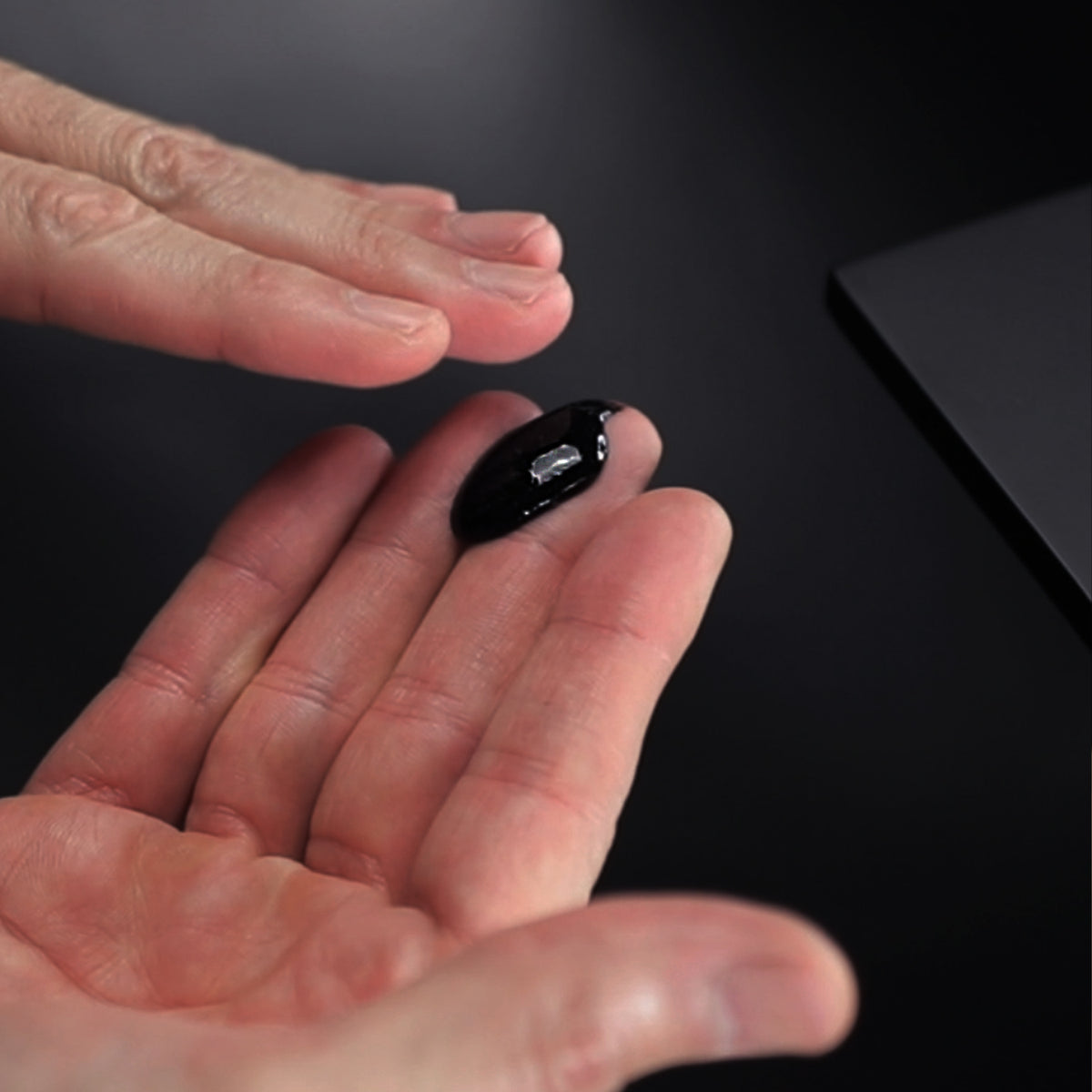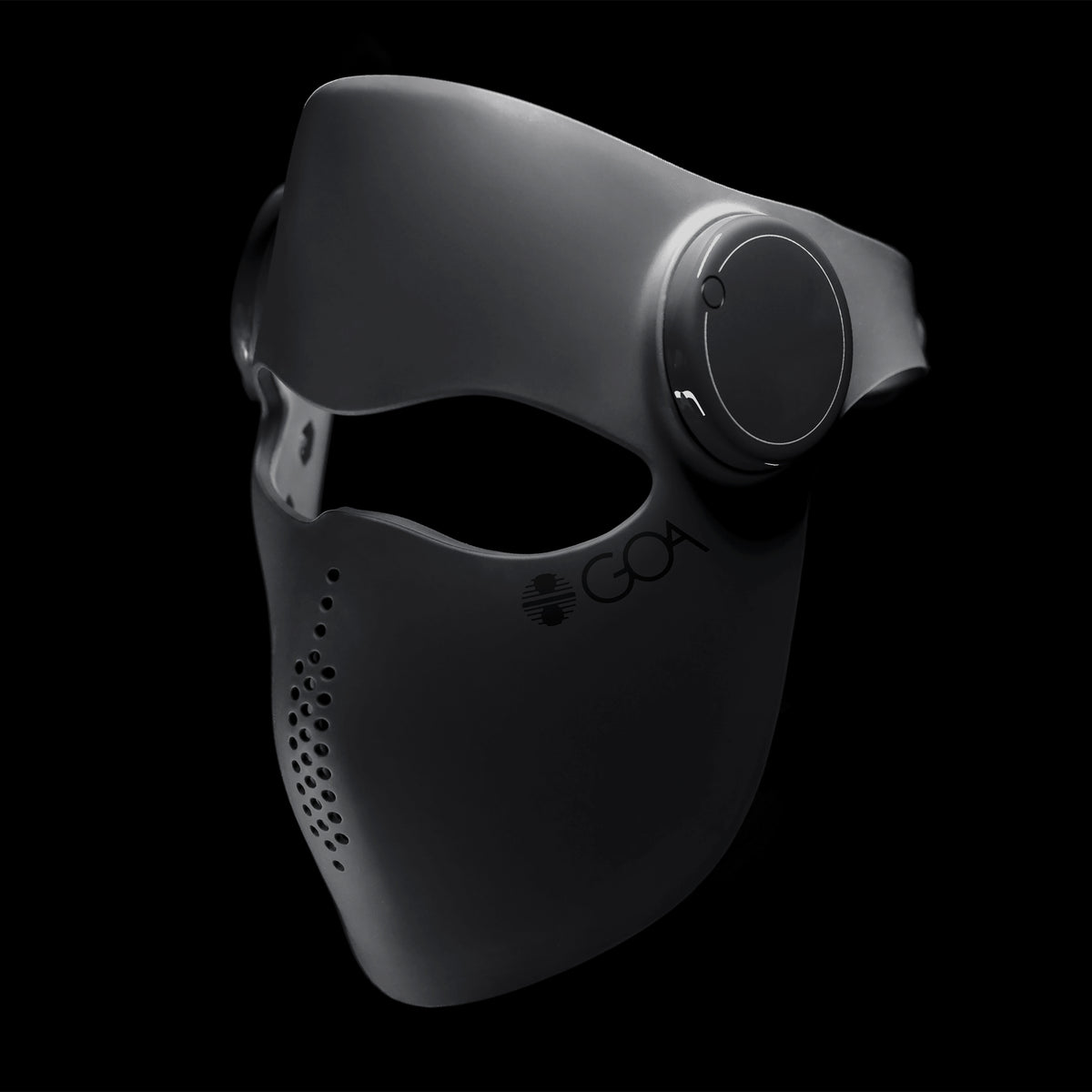Pores are a vital part of your skin's structure, yet many of us don't fully understand their function or how to manage them. This guide dives into the science behind pores and offers practical advice to keep them under control and your skin looking its best.
Understanding Pores
What Are Pores?
Pores are microscopic openings in your skin that serve as gateways for sweat and sebum. Sebum is the natural oil your skin produces to keep it lubricated and protected. Each pore is associated with a hair follicle and an underlying gland, and they are essential for maintaining skin health by facilitating the removal of sweat and sebum from deeper layers of the skin.
- Sebaceous Pores: These are linked to sebaceous glands, which produce sebum. Sebum keeps the skin moisturized and forms a protective barrier against environmental factors. These pores are more noticeable in areas like your face, back, and chest where oil production is higher.
- Sweat Pores: Connected to sweat glands, these pores are spread throughout your body. They release sweat, helping to regulate body temperature and expel toxins.
Function of Pores
- Secretion of Sebum: Sebum flows through sebaceous pores to the skin’s surface, creating a natural moisturizer that prevents dryness and shields against bacteria.
- Sweat Release: Sweat pores excrete sweat to cool the body and remove waste products through perspiration.
- Protection: Pores play a role in forming the skin’s acid mantle, a thin protective layer that inhibits harmful bacteria and balances the skin’s pH.
Factors Influencing Pore Size and Appearance
While the fundamental structure of pores is genetic, several external and internal factors can influence their visibility:
- Genetics: Your DNA determines your baseline pore size. Larger pores often run in families due to higher sebum production.
- Aging: Collagen, the protein that gives your skin its firmness, diminishes with age. This loss of structural support causes pores to sag and appear larger.
- Sun Exposure: UV rays break down collagen and elastin fibers, making the skin less firm and causing pores to stretch.
- Clogging: Accumulated sebum, dead skin cells, and external pollutants can clog pores, making them look larger and leading to breakouts.
- Hormonal Changes: Fluctuations in hormone levels, particularly testosterone, can increase sebum production, enlarging pores.
Your skin type plays a big role in how these pores behave. If you’ve got oily skin, you’re producing more sebum, and that can make pores look larger. Think of it like your skin’s oil management system on overdrive. Use a cleanser with salicylic acid to keep oil under control and exfoliate regularly to prevent buildup.
For dry skin, your pores might look more noticeable when you’re dehydrated. This can make your skin less plump, which highlights your pores. Focus on hydration—use a gentle, hydrating cleanser and a rich moisturizer with hyaluronic acid to keep your skin looking smooth.
Combination skin means you’ve got the best of both worlds—an oily T-zone and dry cheeks. You’ll need a balanced approach. Use products that manage oil in the T-zone without drying out the rest of your face. A lightweight, non-comedogenic moisturizer can help keep things balanced.
Sensitive skin can get irritated easily, leading to redness around your pores. Stick to gentle, fragrance-free products and avoid over-exfoliating. Look for calming ingredients like niacinamide to soothe your skin.
Let’s get into managing and minimizing pores effectively:
Start with a strong skincare routine. Use a non-comedogenic cleanser with salicylic acid to clear out oil and debris without stripping your skin. Cleanse twice a day—morning and night. For exfoliation, go with chemical exfoliants like glycolic acid or salicylic acid. They dissolve dead skin cells and clear out pores. Exfoliate 2-3 times a week to keep things running smoothly.
Moisturize with a product suited to your skin type. Oily skin? Go for a lightweight, oil-free moisturizer. Dry skin? Use something richer with hydrating ingredients like hyaluronic acid. Always apply a broad-spectrum sunscreen with SPF 30 or higher to protect against UV damage and prevent collagen breakdown.
For advanced treatments, chemical peels use acids to promote cell turnover and clear clogged pores. Microdermabrasion can exfoliate your skin and reduce the visibility of pores. Laser treatments stimulate collagen production and tighten skin, minimizing pores. Microneedling boosts collagen and elastin production, improving skin texture and reducing pore size.
At home, retinoids can increase cell turnover and reduce clogged pores. Start with a low concentration and use them at night. Niacinamide helps regulate oil production and strengthens the skin barrier. Use a clay mask once a week to absorb excess oil and impurities.
Lifestyle changes are just as crucial. Eat foods rich in antioxidants and omega-3 fatty acids. Salmon, nuts, and leafy greens are your friends here to improve balance in the skin. Stay hydrated. Manage stress through exercise or meditation to control oil production. Aim for 7-8 hours of sleep each night to support skin repair.
Here’s something to keep in mind: Pores can’t physically shrink, but you can make them less noticeable by keeping them clean and managing oil production.
That’s your rundown on pores! Use these strategies to keep your pores under control and your skin looking sharp.
Keep pushing forward with your skincare routine.
To support balanced skin and for basic pore refinement, consider a botanical, hydrolyzed protein-based cleanser for your AM and PM regimen.



















